Imagine standing in a pristine forest where every rustle of leaves, shift in temperature, and change in air quality is precisely monitored and understood. Environmental sensors are transforming how we protect and manage our natural spaces, acting as silent guardians that never sleep. These sophisticated devices track everything from soil moisture and air pollution to wildlife movements, providing real-time data that helps park managers and conservationists make informed decisions about ecosystem health.
Like a doctor monitoring vital signs, these sensors create a continuous health record of our environment. They alert us to subtle changes that human observers might miss – a slight increase in carbon dioxide levels, an unusual pattern in animal movement, or early warning signs of forest fires. For visitors to Ontario’s natural spaces, this technology works behind the scenes to ensure safer, more enriching outdoor experiences while helping preserve these precious environments for future generations.
How Environmental Sensors Work in Our Parks
Types of Sensors You Might Spot
During your outdoor adventures, you might come across various environmental sensors that help park managers monitor and protect our natural spaces. One of the most visible is the weather station, which looks like a small tower equipped with instruments measuring temperature, rainfall, wind speed, and humidity. These stations help predict weather patterns and track long-term climate changes.
Keep an eye out for small radio antenna arrays scattered throughout the park – these are part of our wildlife tracking technology system. These sensors pick up signals from tagged animals, helping researchers understand migration patterns and habitat use.
Near water bodies, you might notice water quality monitoring stations. These clever devices measure things like temperature, oxygen levels, and clarity – essential data for maintaining healthy aquatic ecosystems. Some even use automated sampling systems that collect water specimens for detailed analysis.
Pro tip: If you spot a sensor, remember to give it space – these delicate instruments help keep our parks healthy for future generations to enjoy!
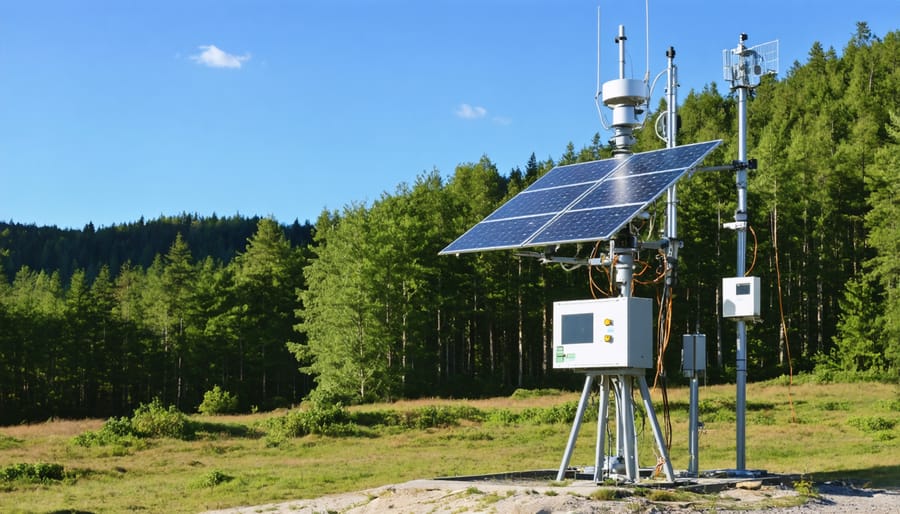
Behind the Scenes: Data Collection
Ever wonder how park managers stay on top of everything happening in our vast natural spaces? It’s like having thousands of tiny environmental reporters scattered throughout the park! These smart sensors work around the clock, collecting vital information about air quality, water levels, soil conditions, and even wildlife movements.
The process is fascinating: small, weather-resistant devices are strategically placed throughout the park, often camouflaged to blend with their surroundings. Some are mounted high in trees to monitor air quality, while others are submerged in streams to track water conditions. Every few minutes, these sensors take readings and send the data wirelessly to a central hub.
Think of it as a nature-focused social network – each sensor communicates with nearby sensors, creating a web of information. This data then travels through a series of relay stations until it reaches park headquarters, where specialized software transforms all those numbers into easy-to-understand charts and alerts.
Here’s a fun fact: many of these sensors are solar-powered and so energy-efficient that they can run for months without maintenance. It’s eco-friendly technology at its finest!
Real Benefits for Park Visitors
Trail and Weather Updates
Gone are the days of wondering if that scenic trail will be too muddy for hiking or if the campground might be flooded after heavy rain. Thanks to advanced environmental sensors strategically placed throughout Ontario’s parks, visitors now have access to real-time trail and weather conditions right at their fingertips. These smart sensors continuously monitor everything from soil moisture and temperature to air quality and precipitation levels.
Before heading out, hikers can check current trail conditions through park apps or websites, which pull data directly from these sensors. This technology has become an essential part of modern digital nature experiences, helping outdoor enthusiasts plan safer and more enjoyable adventures.
For example, at popular camping spots, sensors alert park staff when ground conditions become unsuitable for tent setup, helping prevent booking disappointments. During storm seasons, these devices provide early warnings about potential hazards like falling branches or flash flooding risks, allowing rangers to close affected areas proactively.
The real magic happens when these sensors work together, creating a comprehensive picture of park conditions. Whether you’re planning a family camping weekend or a solo hiking adventure, this network of environmental sensors helps ensure you’re never caught off guard by unexpected weather or trail conditions. It’s like having a knowledgeable local guide keeping watch 24/7, making outdoor adventures safer and more predictable for everyone.
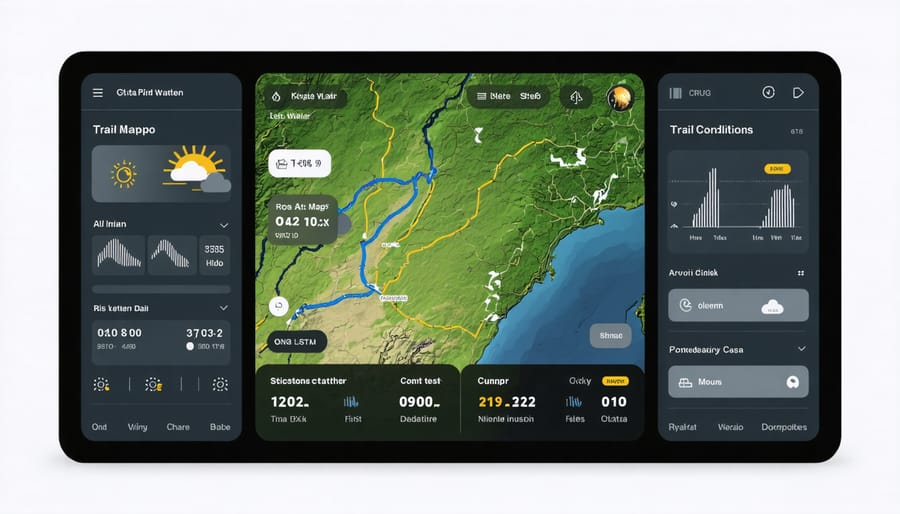
Wildlife Watching Opportunities
Ever wondered how park naturalists know exactly where to spot that elusive moose or when the best time is to catch a glimpse of migrating birds? Environmental sensors are revolutionizing wildlife watching in Ontario’s parks, making your nature encounters more likely and less disruptive to our animal friends.
These smart devices monitor animal movements and patterns, helping park staff guide visitors to prime viewing locations while maintaining a safe distance from wildlife. Motion sensors and camera traps provide real-time data about animal activity, so you’ll know whether to head to the wetlands for morning bird watching or stick to the forest trails for afternoon deer spotting.
Many parks now offer mobile apps that tap into this sensor network, sending gentle notifications when wildlife activity is detected nearby. It’s like having a knowledgeable guide in your pocket! For example, at Algonquin Park, sensors help track wolf pack movements, allowing visitors to time their visits to coincide with higher chances of hearing evening howls.
Remember to practice responsible wildlife viewing – sensors help us maintain respectful distances and minimize disturbance to natural behaviors. Some parks even use this technology to temporarily close certain trails when sensitive species are nesting or cubs are present, ensuring both visitor safety and animal welfare.
Pro tip: Check with park visitor centers for daily wildlife activity reports gathered from their sensor networks. These updates can help you plan the perfect wildlife watching adventure!
Protecting Our Natural Heritage
Early Warning Systems
Picture this: you’re out hiking in Ontario’s beautiful wilderness when suddenly, environmental sensors detect an approaching storm system or rising water levels. That’s the magic of early warning systems at work, keeping both visitors and our precious ecosystems safe!
These sophisticated sensor networks act like nature’s watchdogs, continuously monitoring various environmental factors that could spell trouble. From tracking air quality and water contamination to detecting forest fires before they spread, these systems give park managers precious time to respond to potential threats.
Here in Ontario, we’ve seen these systems make a real difference. For instance, water quality sensors in our lakes can detect harmful algal blooms before they become dangerous, allowing authorities to warn swimmers and protect wildlife. Similarly, seismic sensors help monitor ground stability in areas prone to erosion or landslides, especially along our Great Lakes shorelines.
Weather stations equipped with multiple sensors work together to predict severe weather events, giving campers and hikers adequate time to seek shelter. During fire season, a network of temperature and humidity sensors, combined with smoke detectors, helps fire management teams respond quickly to potential forest fires.
One of my favorite examples is how these systems protect our wetlands. Sensors monitoring water levels and quality help preserve delicate ecosystems that are home to countless species. When unusual changes are detected, conservation teams can investigate and address issues before they impact wildlife.
These early warning systems represent a perfect blend of technology and environmental stewardship, helping us enjoy nature while ensuring we can protect it for future generations.
Supporting Wildlife Conservation
Environmental sensors are revolutionizing wildlife conservation efforts across Ontario’s parks and protected areas. From tracking the movements of endangered species to monitoring habitat health, these high-tech tools are giving park rangers and researchers unprecedented insights into local wildlife populations.
Take the remarkable story of the Algonquin wolf monitoring program, where AI-enhanced tracking systems help rangers understand pack movements and protect crucial den sites. Motion sensors and wildlife cameras strategically placed along known animal corridors capture valuable data about species behavior and population dynamics, all while minimizing human interference.
In Frontenac Provincial Park, underwater acoustic sensors monitor fish populations during spawning seasons, helping maintain healthy lake ecosystems. These sensors detect fish movements and even identify different species based on their unique sound signatures, allowing park managers to make informed decisions about fishing regulations and habitat protection.
Temperature and humidity sensors installed throughout wetland areas help track environmental conditions crucial for amphibian breeding success. When combined with automated recording devices that capture frog calls, these sensors create a comprehensive picture of local amphibian populations and their seasonal patterns.
Perhaps most exciting for visitors is how this technology enables real-time wildlife alerts through park apps. When sensors detect significant wildlife activity, nature enthusiasts can receive notifications about the best times and locations for wildlife viewing, all while maintaining a safe distance that respects both animals and their habitats. This innovative approach ensures that conservation efforts and visitor experiences work hand in hand to protect Ontario’s precious wildlife.
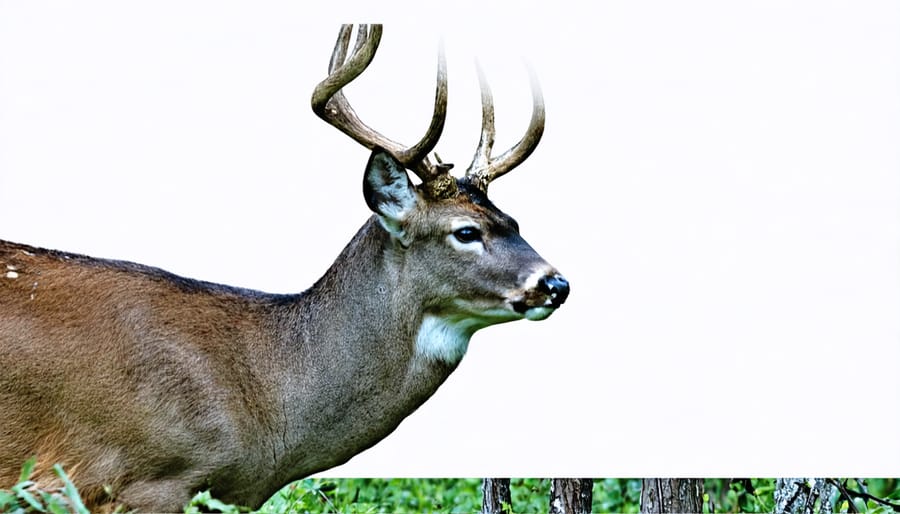
As we look to the future of Ontario’s parks, environmental sensors are revolutionizing how we interact with and protect our natural spaces. These smart technologies are becoming more sophisticated, allowing park managers to make data-driven decisions while offering visitors exciting new ways to engage with nature.
Soon, you’ll be able to access real-time trail conditions, wildlife sightings, and environmental data through user-friendly mobile apps. Imagine planning your hike knowing exactly which trails have the best bird-watching opportunities that day, or receiving notifications about the perfect time to witness seasonal phenomena like wildflower blooms or fall colors.
You can already participate in this technological revolution! Many parks offer citizen science programs where visitors can help collect data using their smartphones. By sharing your observations through various nature apps, you contribute to the growing network of environmental monitoring that helps protect these precious spaces.
Looking ahead, these innovations promise to create a more interactive and educational park experience while ensuring our natural areas remain preserved for future generations. The next time you visit an Ontario park, take a moment to notice the subtle presence of these guardians of nature – they’re working quietly to keep our wilderness wild and wonderful.




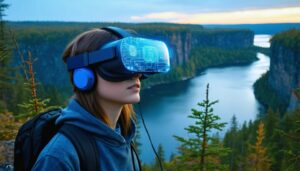




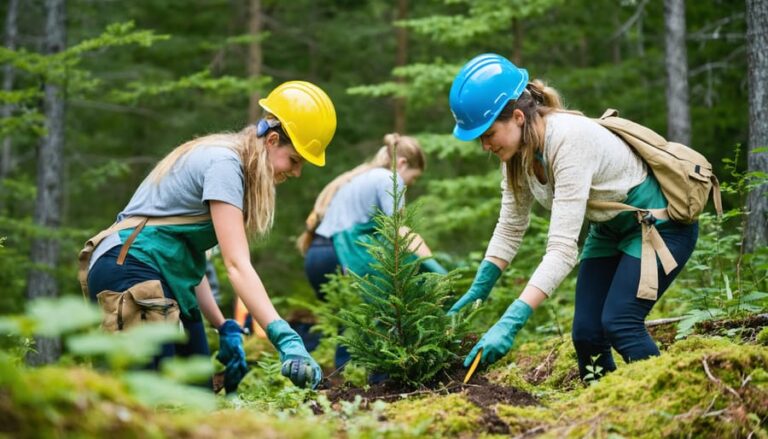




+ There are no comments
Add yours